Introduction
Airsoft players often search for replacement magazine parts that are strong, precise, and easy to maintain. Among these parts, the feed lip of a Hi Capa magazine is small but critical. A damaged feed lip can lead to misfeeds, gas leaks, and unreliable performance during games. The Goldenball x WE-Tech Hi Capa feed lip 3D print concept has become popular because it offers a practical, customizable way to produce spare parts at home. This detailed guide explains the background of these components, the challenges of printing them, and the best methods to achieve a durable and accurate 3D-printed feed lip.
Background and Importance
Goldenball and WE-Tech are well-known names in the airsoft community. Goldenball is famous for precision BBs, while WE-Tech manufactures reliable gas blowback pistols, including Hi Capa models. The feed lip sits at the top of a magazine and controls how each BB is loaded into the chamber.
Traditional feed lips are molded from polymer and can crack or deform with heavy use. Replacements are available, but they are not always easy to find in every region. For this reason, enthusiasts have turned to 3D printing as a flexible way to keep magazines in top condition.
Why Choose 3D Printing
Printing a Goldenball x WE-Tech Hi Capa feed lip 3D print offers several benefits:
- Cost savings: Printing a part at home is often cheaper than ordering and shipping OEM parts.
- Customization: Players can adjust dimensions for a perfect fit or reinforce weak points.
- Availability: You can create a replacement any time without waiting for stock.
However, 3D printing such a small and stressed part comes with challenges. Understanding these issues is essential before starting.
Key Challenges
Feed lips endure repeated impact and need precise tolerances. Common challenges include:
- Material strength: Standard PLA may crack quickly. Stronger materials like nylon, PETG, or engineering resins are preferred.
- Layer adhesion: Because of the part’s thin walls, poor layer bonding can cause breaks.
- Dimensional accuracy: Even a 0.1 mm deviation can cause misfeeds.
Addressing these factors ensures that a 3D-printed feed lip functions like a factory-made component.
Finding or Creating a 3D Model
Many online repositories host models for a Goldenball x WE-Tech Hi Capa feed lip 3D print. Popular sources include Thingiverse and Cults3D, where hobbyists share detailed STL files. When selecting a model:
- Check user feedback for fit and reliability.
- Look for designs with rounded edges and reinforced corners.
- Ensure the file is compatible with your specific Hi Capa magazine generation.
If you have access to a broken OEM feed lip, scanning it with a 3D scanner or caliper measurements is another option to create a custom design.
Recommended Materials
Printing material makes the biggest difference in performance. Below is a helpful comparison:
| Material | Strength & Durability | Print Difficulty | Notes |
|---|---|---|---|
| Nylon (PA12/PA6) | Excellent impact resistance | Moderate | Best balance of strength and flexibility |
| PETG | Good durability, easy to print | Easy | Slightly softer but reliable |
| Polycarbonate | Very strong, heat-resistant | Advanced | Requires high temperature and enclosure |
| Tough Resin | High precision for SLA printers | Moderate | Great detail, needs full post-cure |
Nylon and engineering-grade resins are the most common choices for a lasting feed lip.
Print Settings and Orientation
To produce a strong Goldenball x WE-Tech Hi Capa feed lip 3D print, pay attention to:
- Orientation: Lay the part so the layers run perpendicular to the direction of BB loading.
- Layer Height: 0.1–0.12 mm improves strength and surface finish.
- Infill: 100 % or solid walls are recommended to prevent weak spots.
- Post-Processing: For resin prints, a full UV cure improves toughness. For filament prints, light sanding ensures a smooth BB path.
Testing and Adjustments
After printing, inspect the part for smoothness and exact dimensions. Test fit the feed lip in the magazine and cycle BBs without gas first. If the magazine feeds correctly, proceed to a gas test with low pressure. Any cracking, misfeeds, or wobbling means the design or print settings need refining.
Many hobbyists print several spares to compare different orientations or materials. This approach speeds up experimentation and ensures a reliable final version.
Comparing 3D Printed vs OEM Parts
| Aspect | 3D Printed Feed Lip | OEM/Metal Feed Lip |
|---|---|---|
| Cost | Very low once equipment is ready | Higher and depends on shipping |
| Customization | Fully adjustable | Limited to factory design |
| Durability | Good with correct material, but shorter lifespan | Highest, especially metal versions |
| Availability | Instant once file is ready | Depends on stock and region |
For regular field play, a well-printed nylon or tough-resin feed lip can be an excellent temporary or even semi-permanent solution.
Safety and Legal Notes
Airsoft parts are generally legal to print, but local laws may vary. Always use protective eyewear when testing, and confirm that your custom parts do not exceed field limits for power or rate of fire. Responsible use ensures both safety and fair play.
Final Thoughts
The Goldenball x WE-Tech Hi Capa feed lip 3D print project demonstrates how modern hobbyists can maintain and upgrade airsoft equipment with creativity and technology. By choosing a precise model, selecting the right material, and carefully controlling print settings, you can create a reliable component that performs on par with many commercial replacements. While OEM metal feed lips remain the gold standard for extreme durability, a well-made 3D-printed version offers flexibility, cost savings, and the satisfaction of making your own airsoft gear.
Other Articles
High-Tech-Inspections.com Roselyn Wimble
Captuvating Panteras Tech Improvement Reamoviadvi
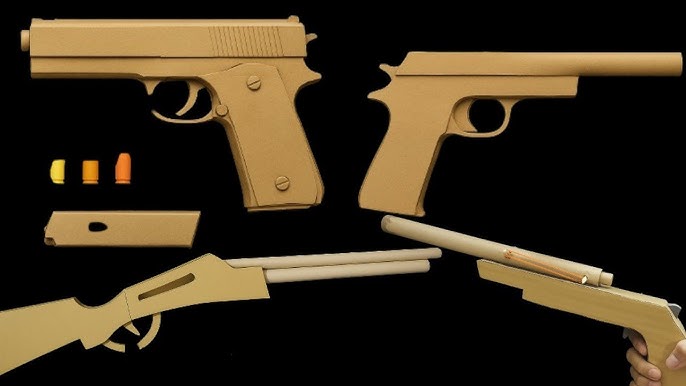



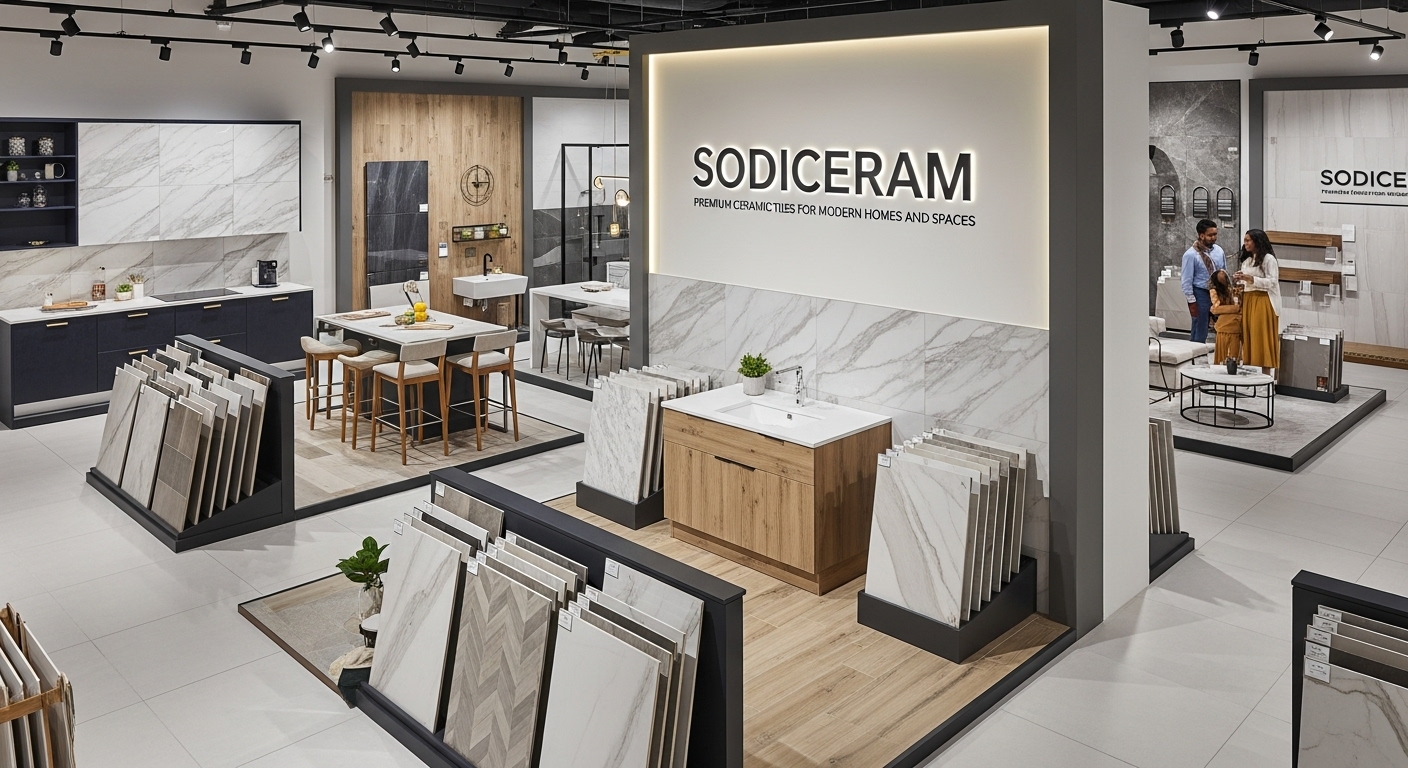
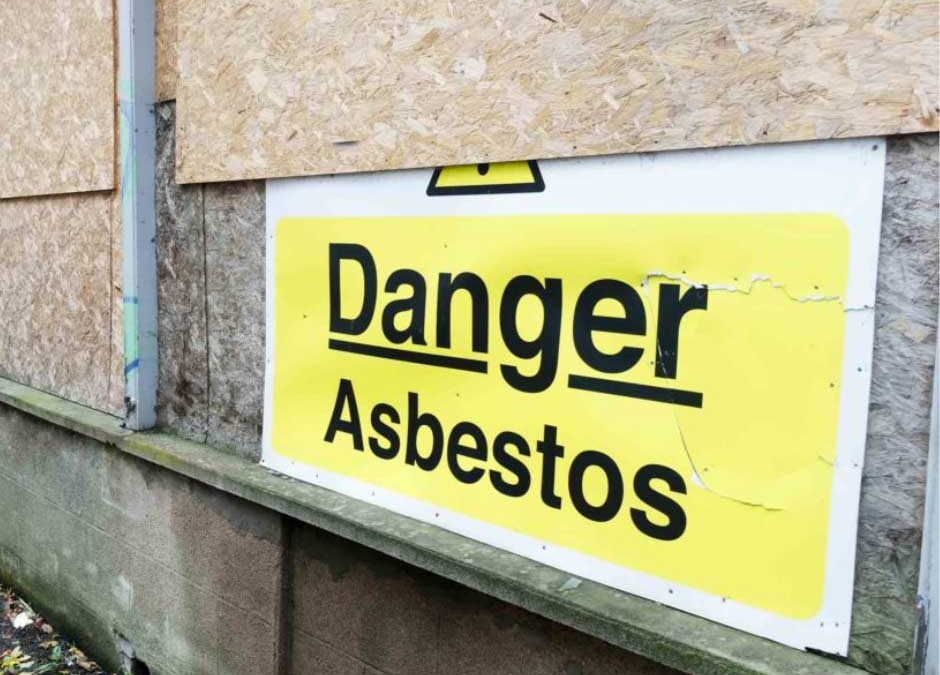
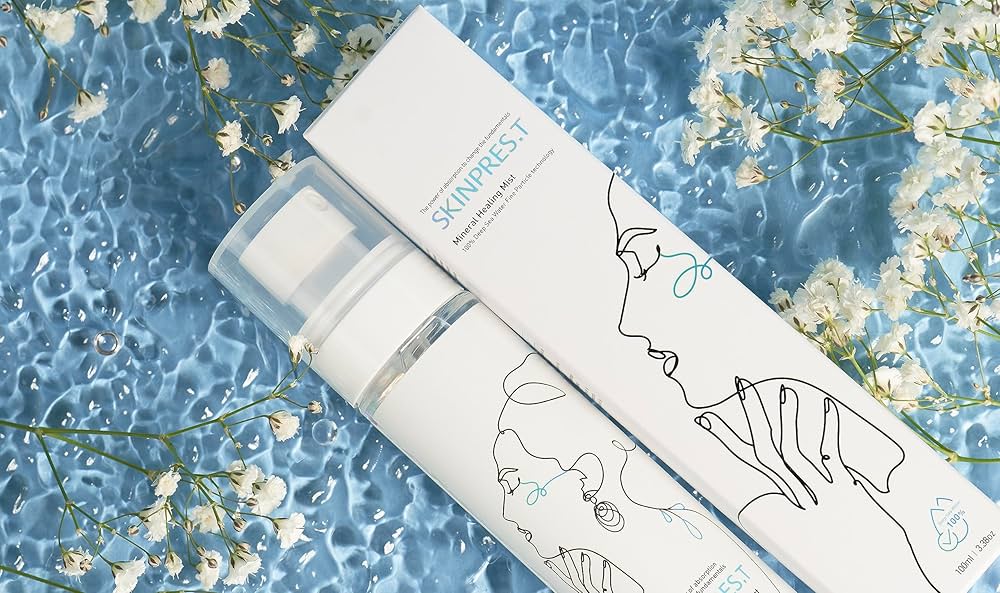

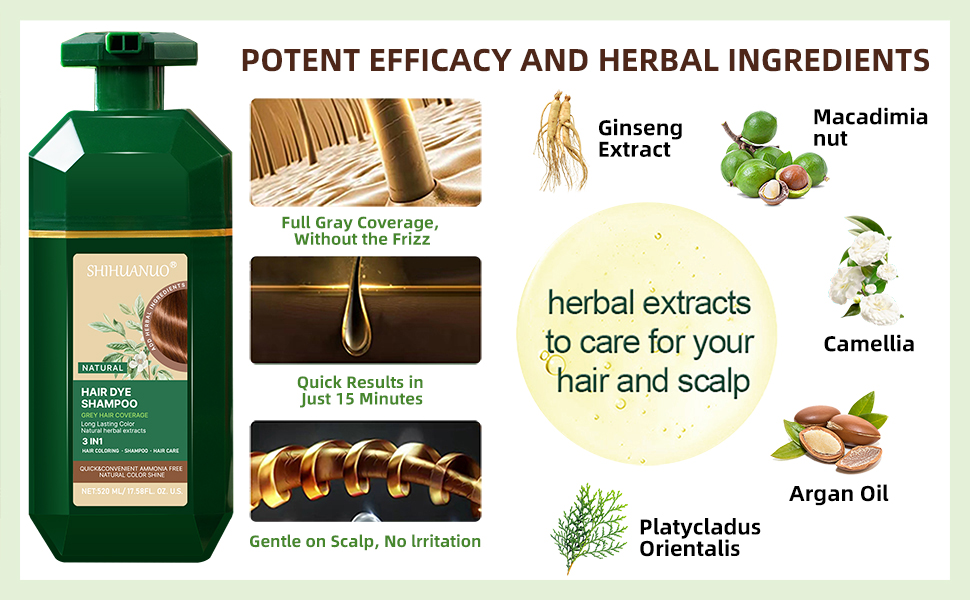
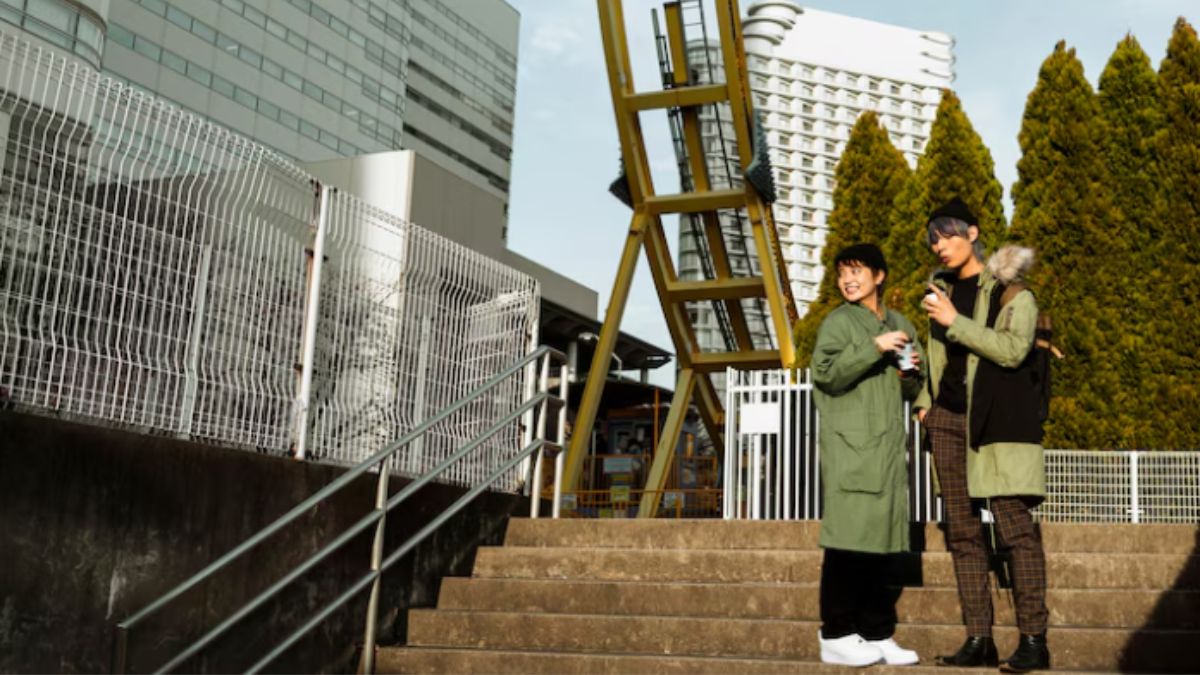
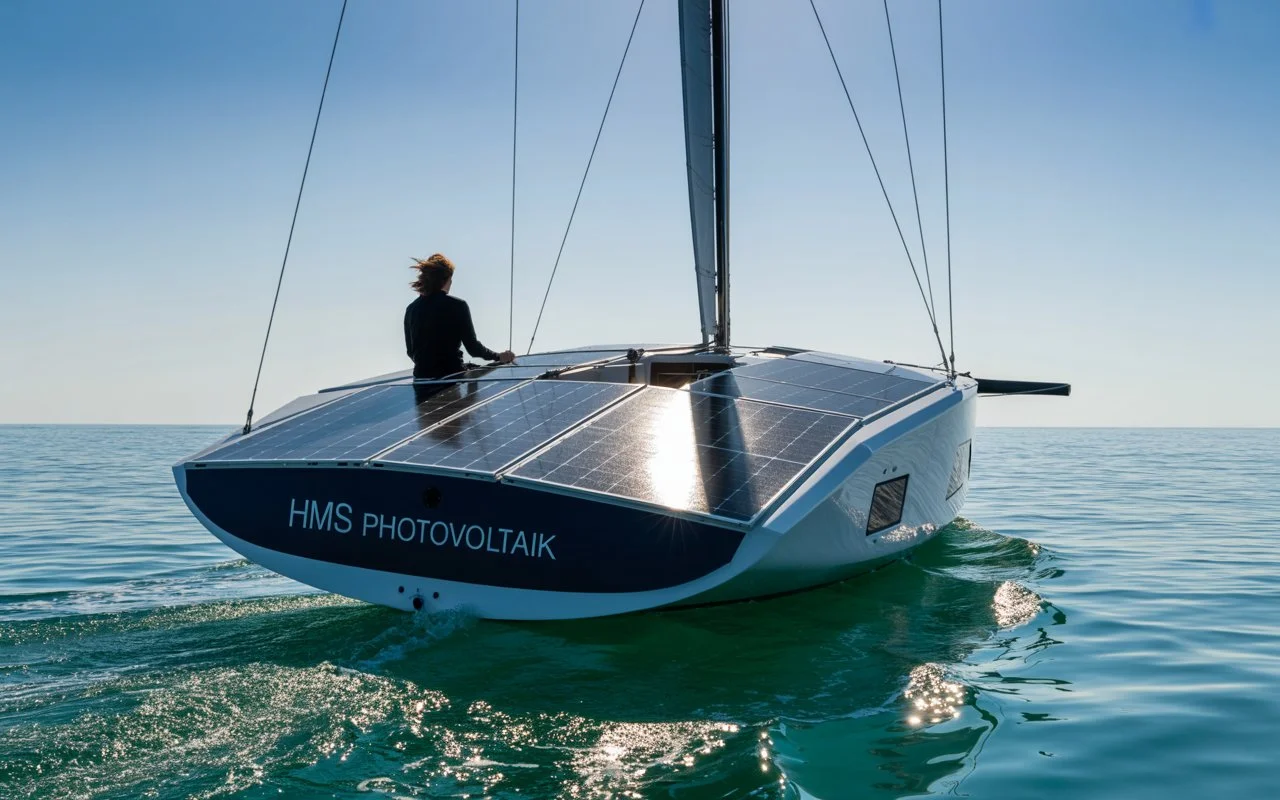
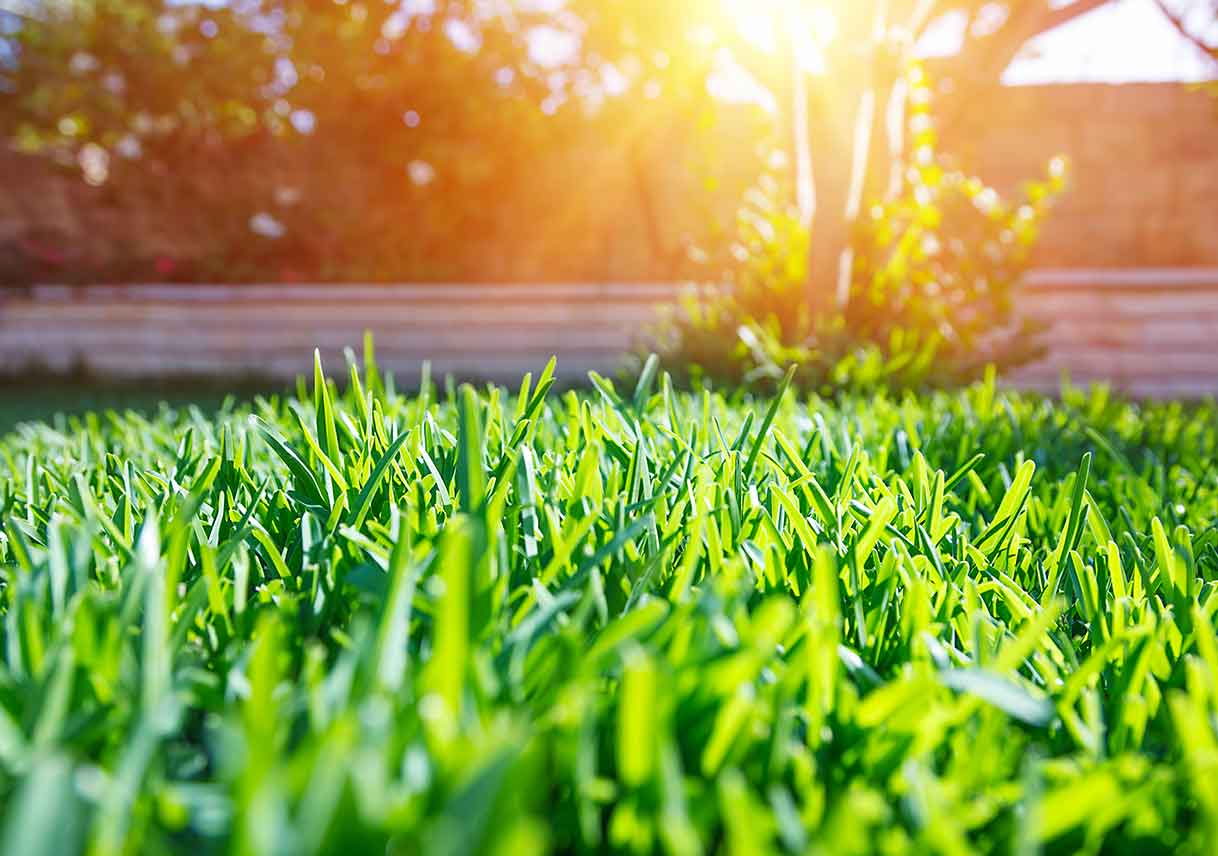


Leave a Reply